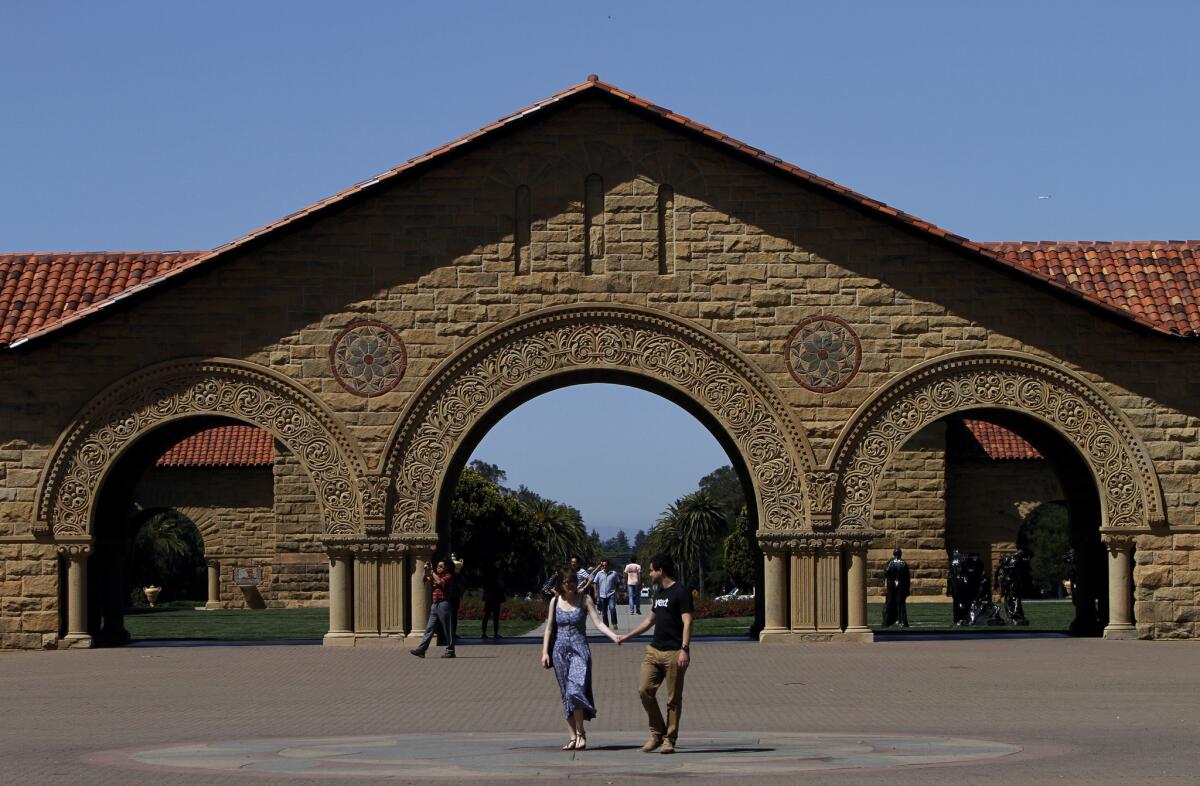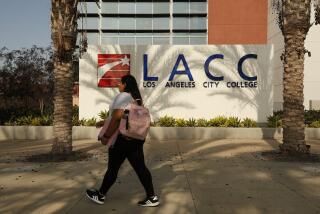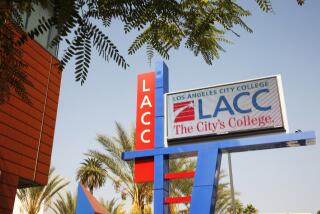December a critical time for university donations

Late December has a special meaning for colleges and universities, beyond the relief of winter vacation and the deadlines for final grades. This is the most important time of year for fundraising in higher education.
Even without Santa’s help, some campuses can anticipate gigantic stocking stuffers: Higher education raised nearly $34 billion last year, and forecasters say that things are looking strong for 2014. Last year was a record high that could be broken by the time New Year’s Eve toasts are made. The stock market plunge five years ago and the resulting slump in donations to alma maters now are in the rear-view mirror.
In December, campuses send out barrages of year-end appeals in traditional mailings, emails and, increasingly, social media requests via Facebook and Twitter. Schools sponsor telephone campaigns using students and host holiday receptions to get potential donors in even more of a giving mood. Another spurt occurs at the end of the fiscal year in late June, allied with graduations and class reunions, but that traditionally remains well below December’s beseeching and check writing.
More than pure holiday spirit, the most powerful driver for donations to higher education, and especially for large donations of six figures and more, is to take advantage of tax deductions before the calendar turns to 2015, according to Ann E. Kaplan, director of the Council for Aid to Education’s annual survey on voluntary support. “Although that doesn’t mean the charitable impulse isn’t there,” she added.
The stock market, Kaplan said, is particularly important for making people feel more secure in donating and also assuring strong values to gifts of stocks, which colleges then usually quickly sell.
Last year, with the continued market recovery, donations to U.S. colleges and universities increased 9% from the year before, according to the council survey. In contrast, giving to academia dropped by 12% in 2009 during the worst of the recession.
The report confirmed that richly endowed schools got even richer in 2013: Stanford collected the most donations ($931 million) with Harvard ($792 million) next and USC third ($674 million), followed by Columbia, Johns Hopkins, the University of Pennsylvania, Cornell, NYU, Yale and Duke (all between $646 million and $423 million). Colleges deflect some hostility about their high tuition by allocating some of that donated money to financial aid.
USC has raised about $3.8 billion in gifts and pledges toward its campaign goal of $6 billion by June 2018, according to Albert R. Checcio, senior vice president for university advancement. Its year-end efforts included a recent holiday party for about 400 donors at the school’s presidential mansion in San Marino, he said.
Although the current season remains the most “robust” donation period, it is somewhat less dominant than in the past partly because technology makes it easier to reach people at other times as well, Checcio said. “It’s still the busiest time, but fundraising now is really year-round,” he said.
Pomona College garners about 40% of its annual donations in December and about 25% in June, according to Pamela Besnard, vice president for advancement. December’s importance to college fundraising is similar to its weighty influence on the retail shopping industry, she said.
Beyond the lure of income tax deductions, “it is a season of giving and we want to make the most of that,” she said.
Among the school’s year-end steps, Pomona recently sent about 25,000 alumni, staff and other donors a 12-page brochure that profiles various givers and their motivations, including a geology professor who supports undergraduates’ summer research projects and an alumna who was excited to have attended her 40th class reunion. The mailing is part of Pomona’s campaign, called Daring Minds, which has raised $236 million toward its goal of $250 million by next December.
Of the 75,193 donations of various sizes UCLA received in the last fiscal year, about 11,000 arrived in December, the most of any month, according to Rhea Turteltaub, UCLA’s vice chancellor for external affairs. Although fundraising continues year-round, December giving “is ingrained in the American psyche,” she said.
This will be the first Christmas season since UCLA announced that it would seek $4.2 billion in time for its centennial celebration in 2019, the largest such effort of any state university in the country. The Westwood campus has so far received $1.5 billion.
Online giving is on the rise. Those donations tend to be in the smaller range, averaging $405 each at UCLA, officials said. So although online donations accounted for 28% of the number of individual gifts to that Westwood campus, their dollar amounts totaled just 2.4% of the $557 million in cash, stocks and pledges UCLA received in the recent fiscal year that ended in June.
Colleges, of course, say they solicit and appreciate all gifts — no matter the size. But the donations of eight figures and above are the trophies.
Higher education remains the most popular charitable cause among households with income above $200,000 and/or assets of more than $1 million other than their homes, according to a study by the Indiana University’s Lilly Family School of Philanthropy in partnership with U.S. Trust. This giving outweighed donations to religious institutions, food banks and housing, environmental causes and the arts, while the rest of society puts religious institutions first, the research found.
The wealthy who did not depend on inheritances often feel grateful to their alma maters and “believe higher education helped them to get where they are,” said Eugene Tempel, founding dean of Indiana’s philanthropy school.
Other affluent people view campuses as the source of an educated workforce for their own companies, he said. And he added that colleges have the extra appeal of being “institutions that last in time, with a sense of permanence.”
Twitter: @larrygordonlat
More to Read
Start your day right
Sign up for Essential California for news, features and recommendations from the L.A. Times and beyond in your inbox six days a week.
You may occasionally receive promotional content from the Los Angeles Times.







